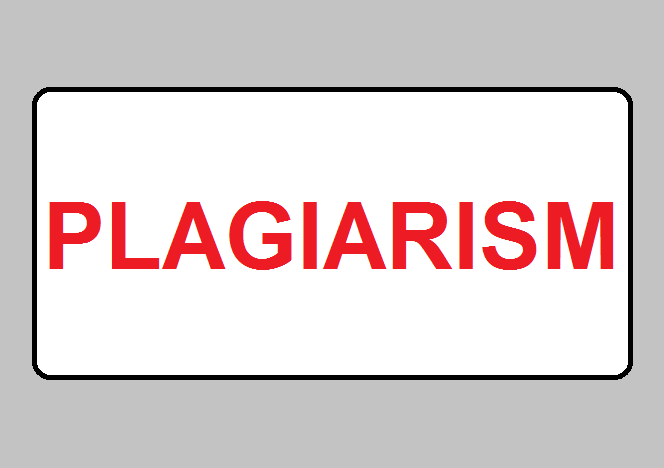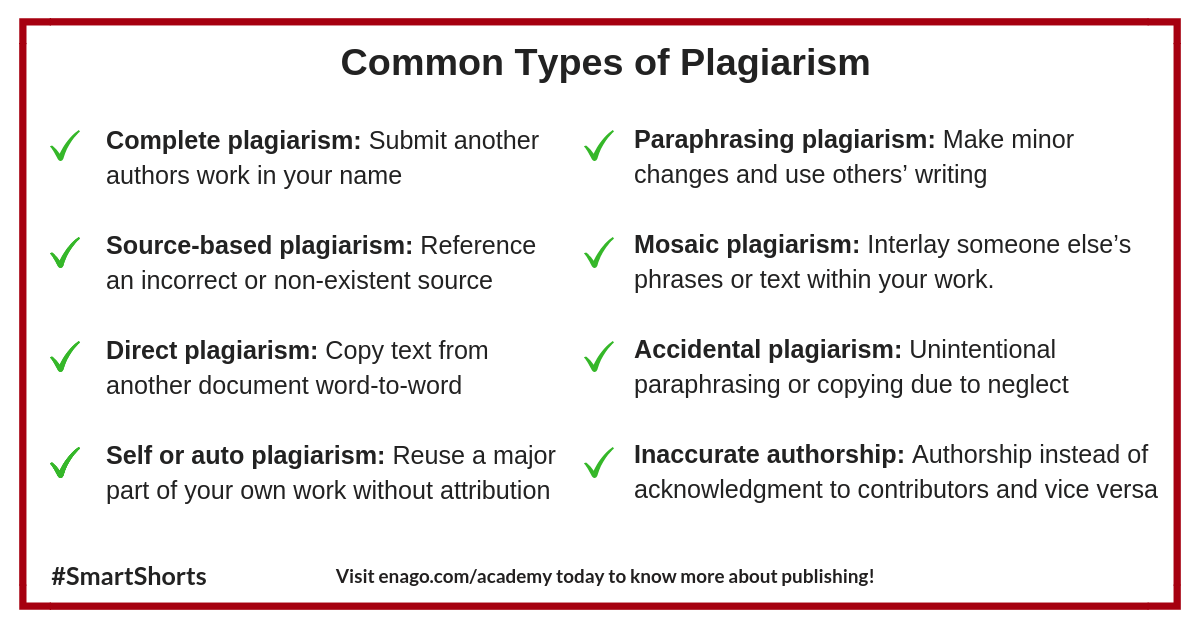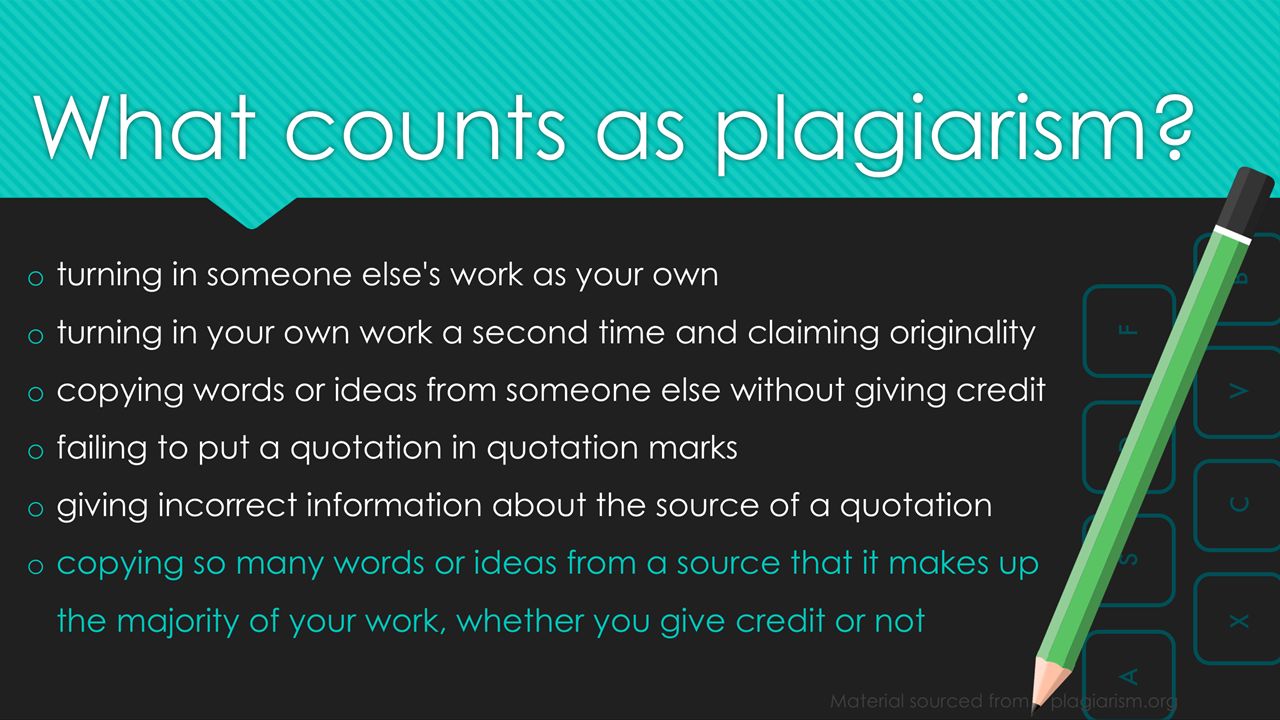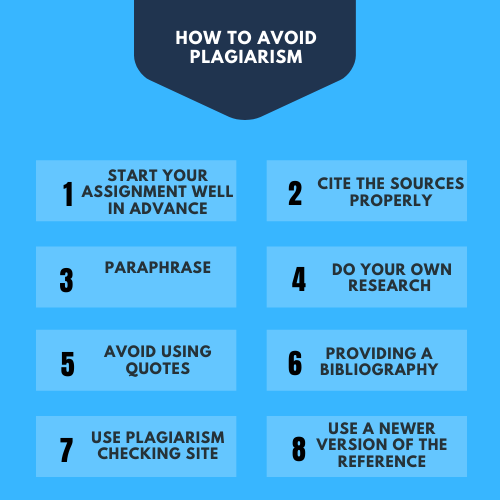Plagiarism is a type of intellectual theft that has been frowned upon for the longest of times. You may or may not have that ugly word used against you before, but not that you’re here, we’re going to put to rest the fear of the greatest evil in academics.
Imagine that you have a pair of shoes that you’re particularly proud of. They are expensive, luxurious, comfortable, and quite honestly are your favorite.
One day while out on a walk, you come across a neighbor wearing the same exact kind of shoes. The next day, a colleague at work has them. Within a week, everyone you know has a pair. What will be your reaction?
More shockingly, the word plagiarism comes from the Latin word plagiarius, which means kidnapper. Plagiarism is literal kidnapping, which goes to show just how serious it is and why it is punished so severely in academic circles.
Help for Assessment is here to help you avoid plagiarism in all its forms. This detailed guide is going to show you what is considered to be plagiarism in academic work and the steps you can take to avoid it.
Online Essay Writing Help, Plagiarism Free!
The experts at Help for Assessment take plagiarism very seriously, which is why we take the time and effort to research every assignment, project, and essay exhaustively. We make sure to quote and cite every source we use to fulfill the strict global academic standards against the vice.
Whenever you contract our expert academic writers for essays, you can be sure that the work will be completely authentic and original. Check out our services page to find out more about what we do.
What is Plagiarism
The simple definition of the word plagiarism is “passing off someone’s work, words, or ideas as your own or without full and proper acknowledgement of the source.”
Simple enough, really, but plagiarism has so many facets that some of the most celebrated authors, musicians, and playwrights have been accused of it. According to the NY Times, that includes Shakespeare, if modern software and linguistic development is to be believed.
A more general definition says that plagiarism is a violation of academic honesty. Many questions arise, however, because such a violation can either be deliberate or unintended.
Inspiration and plagiarism are unlikely cousins, but the relationship between them is undeniable. This results in several forms of plagiarism.
Types of Plagiarism
1. Global Plagiarism
Global plagiarism is the act of passing off an entire work as your own. It is the most serious act of plagiarism and usually draws very severe consequences.
For example, let’s say you found a great essay online, downloaded it, and submitted it as your own assignment or exam submission. This is a serious act of plagiarism that, if discovered, can have serious consequences.
"Direct/verbatim plagiarism - direct plagiarism is a form of global plagiarism where you copy a text, video, song, or image exactly without giving due credit."
2. Paraphrasing Plagiarism
This is the most common type of plagiarism because of how easy it is to fall into it. Paraphrasing is expressing the meaning and context behind a text in different words with an attribution to the original.
Many students think that they can get away with clever paraphrasing and beat plagiarism checkers, forgetting that the software has become so advanced as to detect word patterns and other subtle linguistic similarities.
Mosaic plagiarism - Also called patchwork or incremental plagiarism, this is a type of paraphrasing that incorporates direct quotes, similar flow of ideas, or patches of words or ideas from different sources to form an essay that is passed off as your own. The most advanced plagiarism checkers and proprietary school software can detect even this type of plagiarism.
3. Accidental Plagiarism
This type of plagiarism occurs when you unintentionally use similar words, groups of words, structure, or flow of ideas without attribution to the owner. Even with words that are considered public domain, it is still possible for your work to so closely resemble another’s that it becomes plagiarism.
This is one of the biggest reasons why your work must be passed through a plagiarism checker to find out and correct instances of plagiarism, intentional or not.
Another type of accidental plagiarism results from incorrect citations.
Incorrect citations - this occurs when students wrongly attribute their sources, misquote them, or incompletely paraphrase a source with or without attribution. Note that this type of plagiarism is taken as seriously as the other types, no matter how minor.
4. Self Plagiarism
Yes, it is possible to plagiarize yourself. Self-plagiarism refers to when you use or quote an earlier work you made without proper citation.
It is also the serious crime of submitting previously submitted work as if it was new.
That includes data, essays, or papers for which you have already gotten credit. Reworking old ideas or paraphrasing your work without attribution is also considered a form of self plagiarism.
What Counts As Plagiarism?
Now that you understand plagiarism, you are one step ahead in avoiding it. Next, we’ll look at our guide to help students avoid plagiarism.
Proven Ways on How to Avoid Plagiarism
1. Take your time
It is easy to get carried away when you are in a hurry to beat deadlines.
Always start your essay or assignment early and give yourself good time to complete it. That way, you have time to organize your thoughts, sources, and do proper attribution.
2. Cite every source, quote, data source, tool, or idea that is not your own and not part of public domain
Write down any quotes with citations of their sources in the proper format, i.e, APA, MLA, Chicago, etc. Apart from in-text citations, make sure to have corresponding references to the original in the bibliography.
The same also applies to internet sources, which many students take for granted.
Here are the rules of quotations. You can find the complete guide to sources and citations in both APA and MLA styles here.
- A quotation includes a preceding signal and an assertion to show the active relationship between the text and the quotation.
- Short direct quotes of prose (less than three lines) should be incorporated into the body of the text with a proper signal and assertion. Make sure to use double quotation marks.
- For long prose quotations, poems, music, and the like, indent the whole paragraph(s) relative to the text body. Don’t use quotations marks unless it’s a quote in a quote, but precede the quotation with a signal and assertion.
- For poetry or music of less than three lines, incorporate the quote in the text and use a forward slash to designate individual lines. E.g. In Julius Caesar, Antony Mark begins his speech by saying “Friends, Romans, Countrymen, lend me your ears;/ I come to bury Caesar, not to praise him” (III.ii. 75.76)
3. Keep a record of your sources from the get-go
One of the easiest ways to plagiarize is to read something today, then start writing a week later without keeping a record of sources.
The brain naturally starts to assume ideas or reuse words as its own from what is stored in memory. Thus, when researching, you should always keep a thorough, detailed, and scrupulous record of everything you read.
4. Understand how to paraphrase correctly without plagiarizing
Paraphrasing is the most common plagiarism source because it is so easy to get into. Use the following rules or steps of successful paraphrasing to avoid this error.
5. When in doubt, cite.
If you are in any situation where you wonder if you are plagiarizing or not, do the safe thing and cite. Better to err on the side of caution.
6. Double check your work with premium plagiarism checkers.
When your work is finished, pass it through premium plagiarism checkers such as Turnitin.
These will help polish off the work and make sure it is 100% original and greatly minimize the risk of being penalized for plagiarism.
Get Help With Expert Writing, the Honest Way
The average adult native English speaker has a lexicon of about 20,000 to 35,000 words, out of the more than 171,000 currently in the Oxford English dictionary. What this means that there will always be trouble with plagiarism, no matter how original you think your work to be.
However, with the seasoned academic writing experts at Help for Assessment, we have all the tips and tricks of avoiding plagiarism in academic writing. Not only do we research and write every paper from scratch, but we also have thorough citations of every source used included in every paper.
What we’re saying is, you will never get into trouble about plagiarism by using our academic writing services at Help for Assessment. To order our services, skip over to our homepage and check out our biggest discounts of the season which we have just for you.
Of course, you are only supposed to use our work for academic self-improvement and learning purposes, not to submit it directly as your own. That would be plagiarizing!




